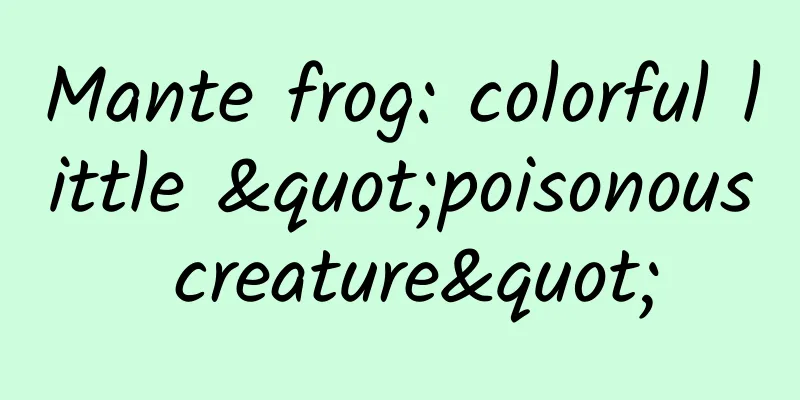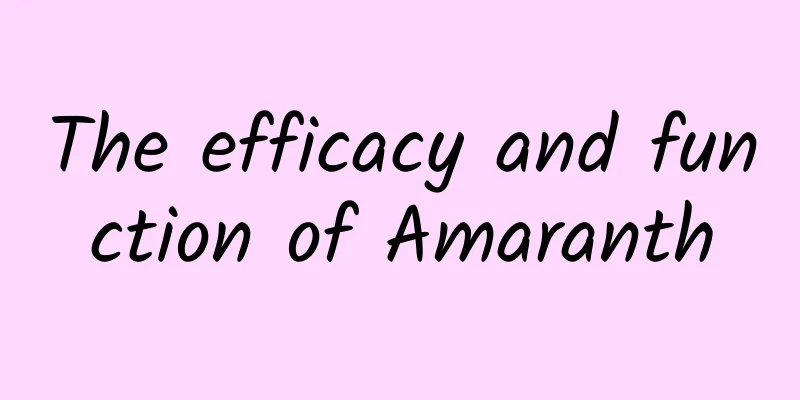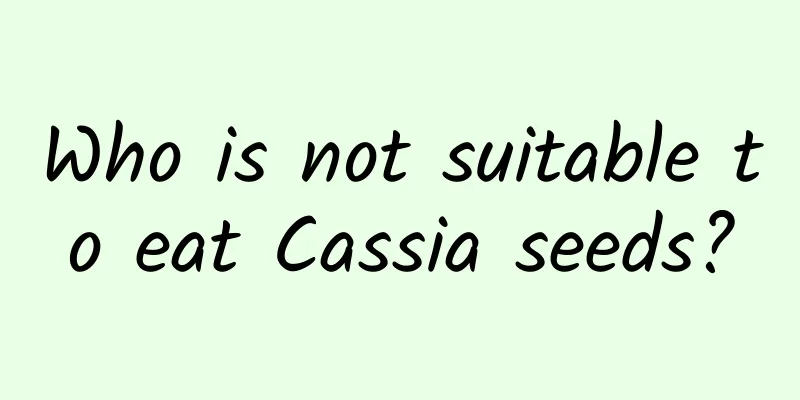The efficacy and function of Zanthoxylum bungeanum

|
Zanthoxylum bungeanum is a very common and frequently used traditional Chinese medicine. It has unique effects and functions in treating many diseases. Here I will tell you in detail about the effects of some traditional Chinese medicine Zanthoxylum bungeanum. 【English Name】 twig and leaf of Cuspidate Pricklyash [Alias] Tongqianghu, mountain pepper, blood-seeing fly, black-mouthed vine, and pepper vine. [Source] Medicinal material source: the stems, leaves or roots of the Rutaceae plant Zanthoxylum bungeanum. [Original form] Zanthoxylum bungeanum is essentially a vine. The prickles on the stems and branches are horizontal or slightly curved downward. Odd-pinnate compound leaves are alternate, with prickles on the back of the rachis slightly bent backwards, 1-3mm long; petiolules are 2-5mm long; there are 13-25 leaflets, ovate or ovate-oblong, 4-8cm long, 1.5-3.5cm wide, with long tail-like acuminate and slightly curved tip, base cuneate and crooked, entire, dark green or dark black when dry, shiny, and papery. Corymbose panicles, axillary, 2-5cm long; flowers unisexual, 4-base; sepals ovate, 0.5mm long; petals light blue, ovate-elliptical, about 3mm long, with thin membrane on the edges; when flowers are in full bloom, the stamens of male flowers are 1-1.5 times longer than the petals, and the reduced pistils are bifurcated; female flowers usually have 1 scaly reduced stamen. The mature carpels are 1-4 red to brown-red, slightly wrinkled on the surface, and have a short beak-like tip at the tip. The seeds are nearly spherical and slightly flat, with a diameter of 4-5mm. The flowering period is March-April, and the fruiting period is July-August. [Habitat distribution] Ecological environment: Growing in bushes on hillsides at an altitude of 600-1500m or on roadsides near villages. [Properties] Identification of properties: The branches are cylindrical, brown in appearance, with downward-curved prickles, about 1 mm long. Odd-pinnate compound leaves, with 13-25 leaflets or some falling off, mostly ovate, elliptical or slightly rhombic, 4-8cm long, 1.5-3.5cm wide, with a long tail-like acuminate tip, slightly curved, cuneate and crooked at the base, and glossy on the upper surface. The leaf veins are concave, with sparse, short, fine hairs on the rachis, in the vein grooves, and below the midrib, without glandular dots, and papery. It has a peculiar smell and a slightly bitter taste. [Chemical composition] The root bark and wood contain nitoidine chloride, dictamine, γ-fagarine, skimmianine, robustine, haplopine, cuspidiol and β-sitosterol. The root bark also contains oxynitidine, des-N-methyl chelery-thrine, decarine, 7,8-liriodenine, 4-methoxy-1-methyl-2-quinolone, des-N-methylavicine, arnottianamide, isoarnottianamide, and dihydro-p-coumaryl alcohol. Thin layer chromatography showed that this product contained magnoflorine. [Identification] Physical and chemical identification thin layer chromatography: Take 10g of the powder of this product, add ethanol to reflux and extract for 30min, filter, filter and concentrate to dryness, dissolve with 10% hydrochloric acid, filter, make it alkaline with acid water, extract with chloroform, recover chloroform to 2ml, and use it as the test solution. Take another dose of indole and dissolve it in methanol to make a control solution containing 1 mg per 1 ml. Take about 10 μl of each of the above two solutions and spot them on the same silica gel H-0.3% CMC plate, develop it with hydroformaldehyde-acetone-methanol-formic acid (14:1:1:1), and the development distance is 10 cm. Take out and dry, observe under ultraviolet light (254nm), the chromatogram of the test sample shows the same bright blue spot at the corresponding position of the chromatogram of the reference sample. 【Nature and flavor】 Spicy; warm 【Meridian】 Liver meridian 【Functions and indications】Promote blood circulation; disperse blood stasis; relieve pain. Mainly used for pain caused by stasis in the abdomen; traumatic injury [Usage and Dosage] For oral use: decocted in water, 3-9g. For external use: take appropriate amount and decoct in water for fumigation and washing. [Discussions by various scholars] "Xinhua Compendium of Materia Medica": The whole plant: has the functions of promoting blood circulation, dispersing blood stasis and relieving pain. 【Excerpt】 Chinese Materia Medica I believe that after reading the above explanations, everyone has a deeper understanding of the Chinese medicinal herb Zanthoxylum bungeanum? In fact, many foods or medicinal materials are the same. Only when we understand them can we eat them correctly according to our own situation and effectively help maintain our health. |
<<: The efficacy and function of bell beans
>>: The efficacy and function of monkey high iron
Recommend
Epidemic prevention requirements for returning home during the Spring Festival, summary of policies in 31 provinces, autonomous regions and municipalities
All along All regions are taking into account the...
The efficacy and function of Che Sang Zai
In modern life, everyone is very familiar with va...
The Earth's oxygen levels are increasing? The reason is that its rotation is slowing down! How is this possible?
More sunlight helps oxygen escape from the microb...
Congratulations! 81 individuals and 50 teams won the National Engineer Award! What is the difference between an engineer and a scientist?
Congratulations! 81 individuals and 50 teams won ...
Romance from deep space! Details of "Laser" and ultra-high energy photons revealed
In 1054 AD, an astronomer in the Northern Song Dy...
The efficacy and function of tetrapod
Traditional Chinese medicine culture is profound ...
The efficacy and function of Pai Gu Ling
Do you know about Pai Gu Ling? It is a common med...
The efficacy and function of Centipede vine
There are so many medicinal herbs in the world, a...
The efficacy and function of lavender
Lavender is a kind of traditional Chinese medicin...
The efficacy and function of dog tooth flower
As for Dogtooth Grass, I think some people may ha...
Solved the question that troubled me for many years when I was a child - Why does popping candy "explode"?
When we were young, eating snacks was probably th...
How long does it usually take to boil Chinese medicine?
As we all know, decocting Chinese medicine is a v...
Where do “super fungi” come from and where do they go?
Reviewer: Zhang Shuyuan, Chief Physician, Beijing...
"Corn kernels" grow in the mouth, and they smell bad when you squeeze them. What are they?
Some people spit out or cough up yellowish-white ...
Subvert your cognition! To prevent Alzheimer's disease, you may only need one shot of vaccine? !
As the aging process of the population accelerate...









